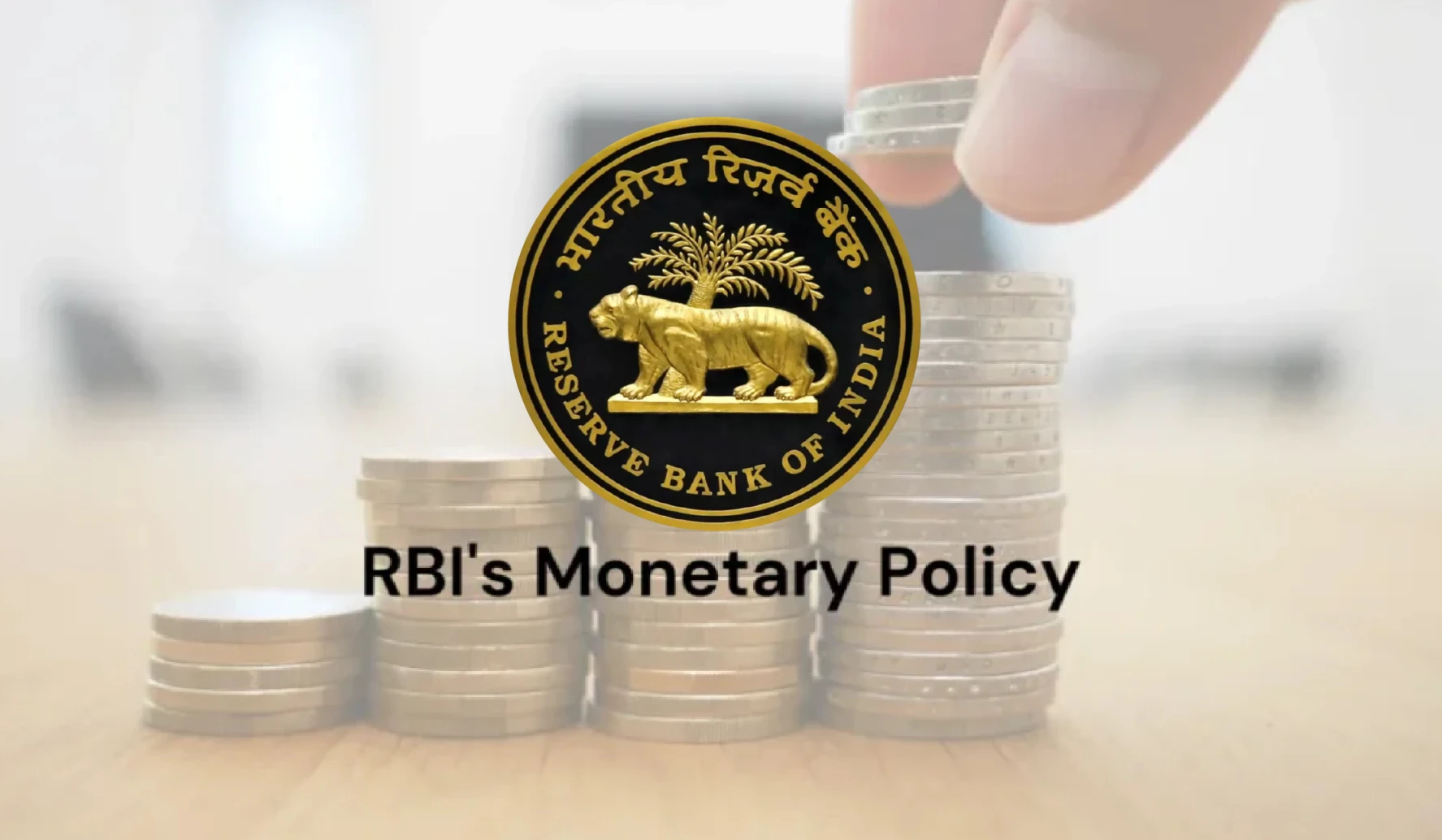In 1935, the Reserve Bank of India (RBI) was established and announced its first monetary policy by fixing bank rate and cash reserve ratio.
About Monetary Policy
- Refers to the process through which the Central Banks manages the supply of money in the economy
- Objective: Price stability, economic growth, financial stability, etc.
- Instrument of Monetary Policy
- Quantitative tools: Repo Rate, Reverse Repo Rate, Statutory Liquidity Ratio, and Marginal Standing Facility.
- Qualitative Tools: Moral Suasion, Direct Action, etc.
- Types of Monetary Policy:
- Contractionary Monetary policy (or Tight monetary policy): It increases interest rates and limits the outstanding money supply to decrease inflation, etc.
- Expansionary Monetary Policy: It decreases interest rates and increases money supply which results in increase in borrowings and consumer spending.
Current Monetary Policy framework in India
- Prior to the year 2016, the Governor of RBI was singularly responsible for the formulation of monetary policy.
- The Finance Act, 2016 amended Reserve Bank of India Act, 1934 to provide for a statutory and institutionalised framework for a Monetary Policy Committee (MPC).
- Subsequently, flexible inflation targeting (FIT) was formally adopted
About Monetary Policy Committee (MPC)
|




